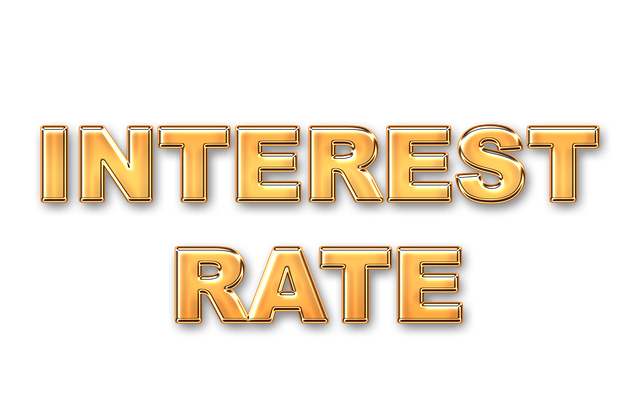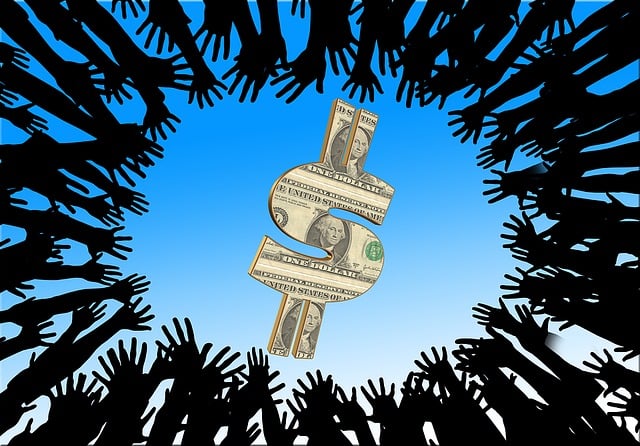Market dynamics, driven by consumer confidence and unemployment rates, heavily influence real estate pricing in the US. The Federal Reserve (Fed) actively monitors these factors, adjusting interest rates to maintain economic stability. During robust markets, high demand drives prices up, while lower rates stimulate borrowing and investment during downturns. The Fed's monetary policies, such as rate adjustments and quantitative easing, directly impact housing market trends, availability of credit, and property values, making it crucial for real estate professionals to stay informed about Fed decisions to make strategic choices.
In the dynamic interplay between market forces and central bank policies, the Federal Reserve (Fed) plays a pivotal role in shaping real estate markets. This article delves into how market dynamics directly influence real estate prices from a Fed perspective. We explore the intricate relationship between Fed policies and housing markets, while examining the interconnectedness of market trends and Fed decisions in the context of real estate. Understanding these interactions is crucial for both policymakers and investors navigating this critical sector.
How Market Dynamics Affect Real Estate Prices: A Fed Perspective

Market dynamics play a pivotal role in shaping real estate prices, and the Federal Reserve (Fed) closely monitors these factors to ensure economic stability. When markets are robust and thriving, with high consumer confidence and low unemployment rates, the demand for properties often surges. This increased demand can lead to higher real estate prices as sellers capitalize on the favorable conditions. The Fed’s role in this scenario is to maintain a balanced approach by adjusting interest rates, which can either stimulate or cool down the market, depending on the economic climate.
On the other hand, economic downturns or recessions can significantly impact the real estate sector. Market dynamics may shift, leading to reduced demand and potentially lower property values. The Fed’s perspective during such times involves implementing measures to boost the economy, such as lowering interest rates to encourage borrowing and investment in real estate. These actions aim to stabilize prices and support the housing market, ensuring a more sustainable and resilient real estate sector.
The Role of Federal Reserve Policies in Shaping Housing Markets

The Federal Reserve, as the central banking system of the United States, plays a pivotal role in shaping housing markets through its monetary policies. By adjusting interest rates and controlling the money supply, the Fed influences borrowing costs for both consumers and real estate investors. Lower interest rates can stimulate demand in the real estate sector, making homes more affordable and encouraging investment. Conversely, higher interest rates tend to cool down overheated markets by increasing the cost of mortgages, which can lead to a decrease in home purchases and sales activity.
The Fed’s policies also impact housing development and construction. Through open market operations and reserve requirements, they can influence the availability of credit for real estate projects, affecting both commercial and residential developments. Moreover, during economic downturns or recessions, the Federal Reserve often implements measures to stabilize the housing market, such as quantitative easing, which involves purchasing mortgage-backed securities to lower long-term interest rates and encourage lending in the real estate sector. These actions help maintain liquidity, support homeownership, and foster a more stable and sustainable real estate environment.
Exploring the Interconnection Between Market Trends and Fed Decisions in Real Estate

In the dynamic world of real estate, understanding the interplay between market trends and Federal Reserve (Fed) decisions is paramount for investors and stakeholders alike. Market forces, such as supply and demand, interest rates, and economic growth, are key drivers that influence property values and investment strategies. The Fed, through its monetary policy, directly impacts these factors by adjusting interest rates, managing liquidity, and signaling future economic prospects. For instance, when the Fed lowers interest rates, it can stimulate borrowing for real estate purchases, potentially driving up prices. Conversely, rate hikes may cool down a overheated market, offering opportunities for investors seeking more affordable properties.
Real estate professionals must stay attuned to these interconnections to make informed decisions. Tracking market trends and analyzing Fed statements enable them to anticipate changes in mortgage rates, property demand, and investment climate. This knowledge is crucial for both buyers and sellers, helping them time their transactions optimally. Moreover, understanding the Fed’s perspective on economic health can provide insights into potential regulatory shifts that may affect the real estate sector, further underscoring the importance of keeping abreast of these interrelated dynamics.






